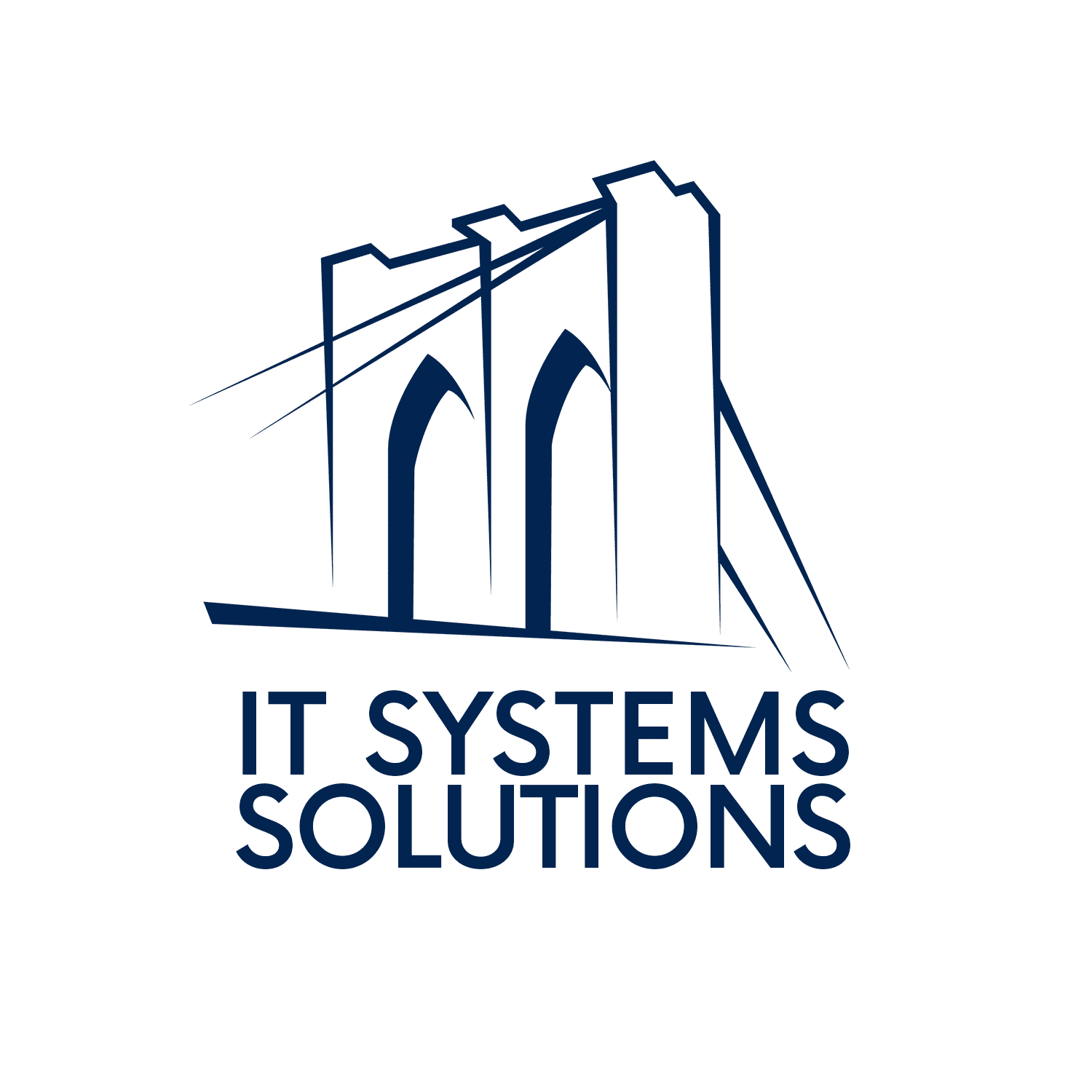The threat of cyber attacks looms large over businesses of all sizes. From data breaches to ransomware attacks, the consequences of a security breach can be devastating, leading to financial loss, reputational damage, and legal liabilities. In this blog post, we’ll explore some of the best cybersecurity practices that businesses can implement to protect themselves against evolving threats and safeguard their sensitive information.
Employee Training and Awareness: One of the most critical components of a robust cybersecurity strategy is employee training and awareness. Human error remains one of the leading causes of security breaches, often due to factors like phishing scams, weak passwords, and careless handling of sensitive information. By educating employees about cybersecurity best practices, businesses can empower them to recognize and respond to potential threats effectively.
Strong Password Policies: Passwords are the first line of defense against unauthorized access to company systems and data. Implementing strong password policies, such as requiring complex passwords and regular password changes, can significantly reduce the risk of brute-force attacks and unauthorized account access. Additionally, consider implementing multi-factor authentication (MFA) for an extra layer of security.
Regular Software Updates and Patch Management: Many cyber attacks exploit known vulnerabilities in software and operating systems. To mitigate this risk, businesses should prioritize regular software updates and patch management. This includes installing security patches as soon as they become available and keeping all software and systems up to date. Automated patch management tools can streamline this process and ensure timely updates across the organization.
Network Security Measures: Securing your network infrastructure is paramount to defending against cyber threats. This includes implementing firewalls, intrusion detection and prevention systems (IDPS), and virtual private networks (VPNs) to monitor and control network traffic. Additionally, consider segmenting your network to limit the spread of malware and isolate sensitive data from potential breaches.
Data Encryption and Backup: Encrypting sensitive data both in transit and at rest adds an extra layer of protection against unauthorized access. Utilize encryption protocols such as SSL/TLS for securing communications and encrypt data stored on servers, databases, and portable devices. Furthermore, regularly backing up critical data to secure offsite locations ensures business continuity in the event of a ransomware attack or data loss incident.
Incident Response Plan: Despite the best preventive measures, security breaches can still occur. Having a well-defined incident response plan in place is essential for minimizing the impact of a security incident and facilitating a swift and coordinated response. This plan should outline procedures for detecting, containing, and remedying security breaches, as well as communication protocols for notifying stakeholders and regulatory authorities.
Regular Security Audits and Assessments: Cybersecurity is an ongoing process that requires continuous monitoring and evaluation. Conducting regular security audits and assessments helps identify vulnerabilities, assess the effectiveness of existing security controls, and prioritize areas for improvement. External security assessments by third-party experts can provide valuable insights and ensure an objective evaluation of your cybersecurity posture.
